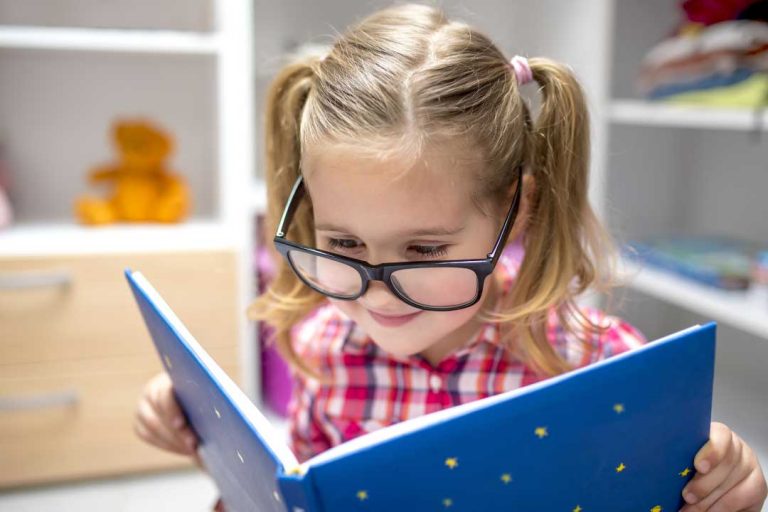
What is myopia (near sightedness) and what are the symptoms?
Myopia is growing in prevelance worldwide, particularly in early childhood, so we thought we’d share this post put together by our head office team.
Vision impairment due to uncorrected myopia is on the rise.
Myopia (also known as near-sightedness) is one of the most common vision disorders in the world. It is a leading cause of blindness in the world and a leading cause of visual impairment in children.
The projections of the global prevalence of myopia are staggering; predicted to rise from 28% to 50% of the world’s population by 2050.
More than 90% of myopia cases develop in early childhood but the good news is that there are steps parents and children can take to protect a child’s vision from deteriorating.
There has never been a more important time to be informed about myopia and make healthy vision decisions.
What is myopia?
Myopia is an eye condition involving abnormal elongation of the eyeball or curvature of the cornea, (the clear window at the front of the eye).
Myopia affects your distance vision; you can see objects that are close quite clearly, but have trouble viewing objects that are far away.
Even though teenagers and adults can develop myopia it usually begins in school-age children and can continue to progress until the eye stops growing.
Why the urgency?
The reason why there is such a level of urgency around the myopia message is that the earlier myopia starts in a child’s life, the more likely it is that it will progress to high myopia, where there is an increased risk of permanent vision loss through glaucoma, cataract, and problems with the retina; the sensor layer at the back of the eye.
Myopia needs to be taken seriously, particularly at a young age.
What are the symptoms of myopia (near-sightedness)?
- Screwing up their eyes or squinting to see objects in the distance
- Difficulty seeing the blackboard/whiteboard at school
- Sitting close to the television or needing to sit at the front of the classroom.
Early diagnosis and intervention are the keys to slowing the progression of myopia.
To do that, contact us to arrange for your child to have their eyes examined.
If they do not have problems with their vision, brilliant! If they do, then we will work out a management plan to make sure their vision does not get worse.
Myopia is projected to become a leading cause of vision impairment and blindness. We can help our children by taking action early.
This website does not provide medical advice. It is intended for informational purposes only. It is not a substitute for professional medical advice, diagnosis or treatment. Never ignore professional medical advice in seeking treatment. If you think you may have a medical emergency, immediately dial Triple 0 (000).
